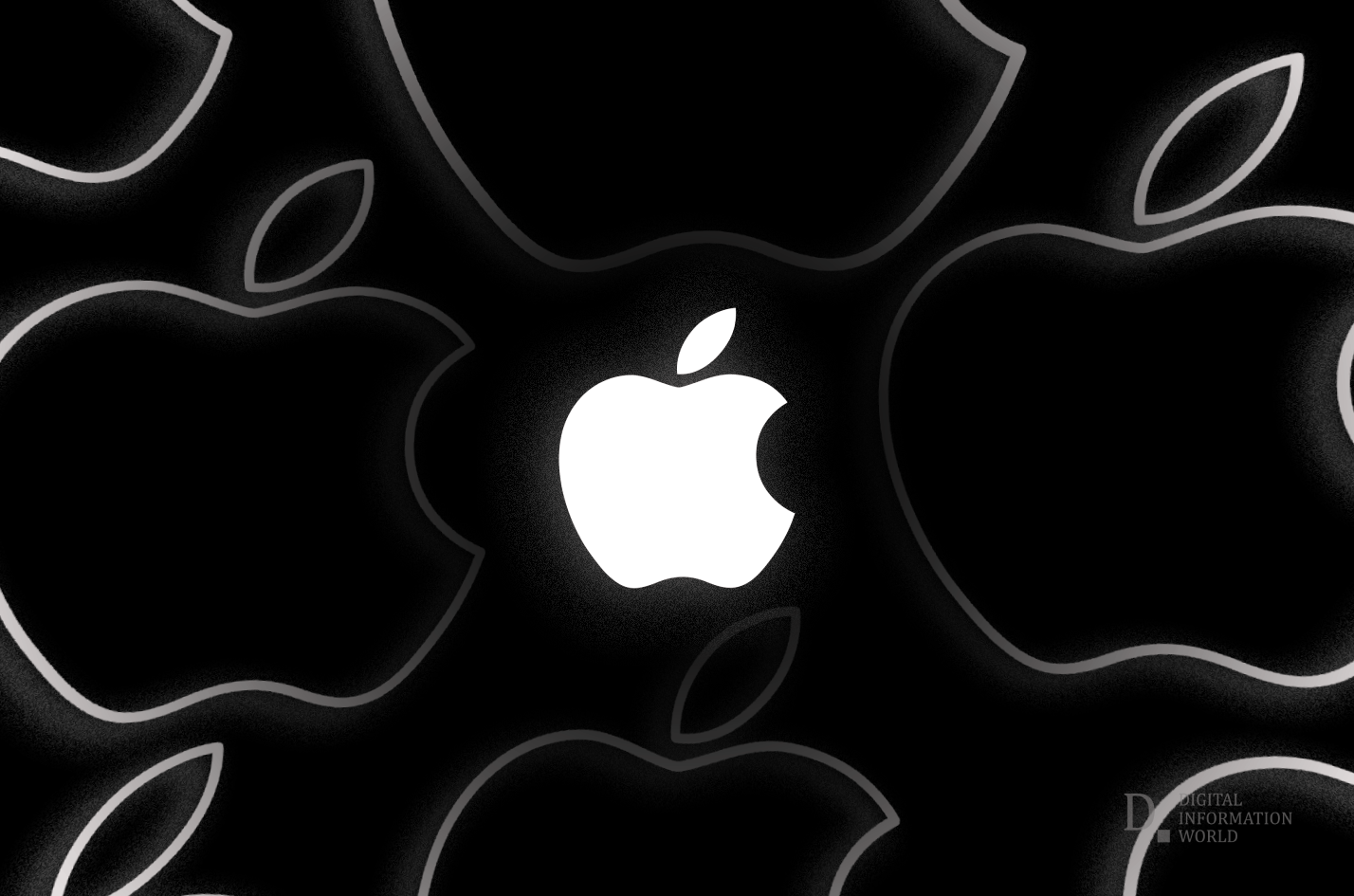Let’s see what new excuse does Apple has to offer for nullifying the allegations this time. An article by Forbes, posted on 15th November, reported that Apple is accused of pocketing app developer revenue by buying Ads from Google for a high-value subscription.
Following the allegations, Apple defends itself by confirming that it runs ads for third-party apps and is regularly under communication with the developers; also has been doing it for 5 years. The company believes that the allegations are nothing more than a ‘mischaracterization’ of what it is doing. Additionally, some of the reports mentioned that to mislead the audience, Apple doesn’t feel worth mentioning the origin of apps. This is not the case, however, because it has been observed that ads are being labeled that they are originated from AppStore.
Sources suggest that Apple drives traffic directly to the App Store, rather than the own website of the developer. It does so, to gain its 15% or 30% cut after the users end up making purchases from within the app.
The reports also alleged that Apple was buying ads secretly which also failed to disclose that they are not originated from Apple. It was noted that most of the observers would fail to judge if the ads were genuinely from Apple; as they most likely resembled the ones from brands and the app publishers themselves.
This results in the developers being discouraged and their businesses being hurt. There is an ongoing list of the affected businesses which include the most famous dating app Tinder, Plenty of Fish, HBO, Masterclass, and Babble- a language learning app. Later, Apple noted that it was promoting more than 100 third-parity apps and YouTube, Snapchat, TikTok, Google, and Twitter were also among the top list.
While reporting to the giant, 9to5Mac, Apple has nothing to justify but just refute the idea that is quietly running these advertisements. It added that the way how retailers run advertisements for the promotion of their products, the same way, the ads are designed to promote the products through its App Store. While negating the allegations, the company was confident enough to claim that its ads are clearly labeled that they are from the App store and are also permitted under the standard Apple developer program agreement.
Back in 2020, Apple’s advertising for the developers’ apps including email, online ads, and social media crossed 70 billion impressions. Not only this, but over the past time, the company has also featured over 130,000 apps on its home app.

Read next: Apple plans on forming ‘Protective Eyewear’ to make privacy conscious people more comfortable when using their iPhones in a crowded space
Following the allegations, Apple defends itself by confirming that it runs ads for third-party apps and is regularly under communication with the developers; also has been doing it for 5 years. The company believes that the allegations are nothing more than a ‘mischaracterization’ of what it is doing. Additionally, some of the reports mentioned that to mislead the audience, Apple doesn’t feel worth mentioning the origin of apps. This is not the case, however, because it has been observed that ads are being labeled that they are originated from AppStore.
Sources suggest that Apple drives traffic directly to the App Store, rather than the own website of the developer. It does so, to gain its 15% or 30% cut after the users end up making purchases from within the app.
The reports also alleged that Apple was buying ads secretly which also failed to disclose that they are not originated from Apple. It was noted that most of the observers would fail to judge if the ads were genuinely from Apple; as they most likely resembled the ones from brands and the app publishers themselves.
This results in the developers being discouraged and their businesses being hurt. There is an ongoing list of the affected businesses which include the most famous dating app Tinder, Plenty of Fish, HBO, Masterclass, and Babble- a language learning app. Later, Apple noted that it was promoting more than 100 third-parity apps and YouTube, Snapchat, TikTok, Google, and Twitter were also among the top list.
While reporting to the giant, 9to5Mac, Apple has nothing to justify but just refute the idea that is quietly running these advertisements. It added that the way how retailers run advertisements for the promotion of their products, the same way, the ads are designed to promote the products through its App Store. While negating the allegations, the company was confident enough to claim that its ads are clearly labeled that they are from the App store and are also permitted under the standard Apple developer program agreement.
Back in 2020, Apple’s advertising for the developers’ apps including email, online ads, and social media crossed 70 billion impressions. Not only this, but over the past time, the company has also featured over 130,000 apps on its home app.

Read next: Apple plans on forming ‘Protective Eyewear’ to make privacy conscious people more comfortable when using their iPhones in a crowded space
